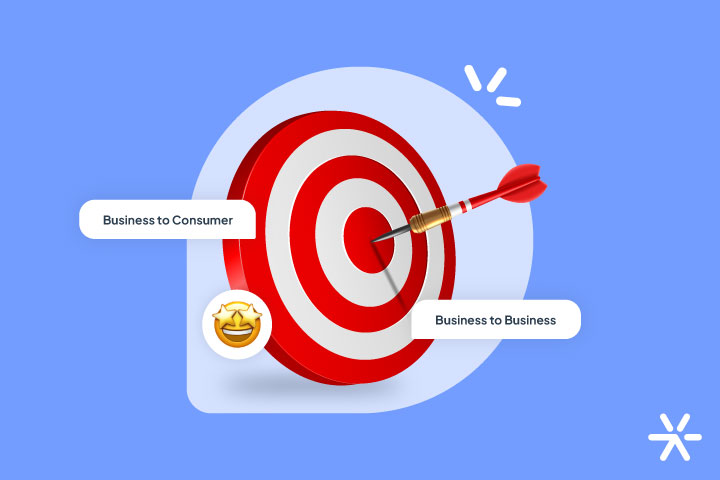Sales Cycle: What is it, How to Reduce and Close Deals Faster?
Understand what a sales cycle is , how to calculate your company’s cycle and how to reduce it to close deals in less time with the complete post we have prepared.
Good reading!
What is the sales cycle?

The sales cycle is the process that is related to time and interactions between seller and consumer, from the first contact to the moment the sale is closed.
The sales cycle may also include the after-sales period.
Differences between the B2B and B2C sales cycle
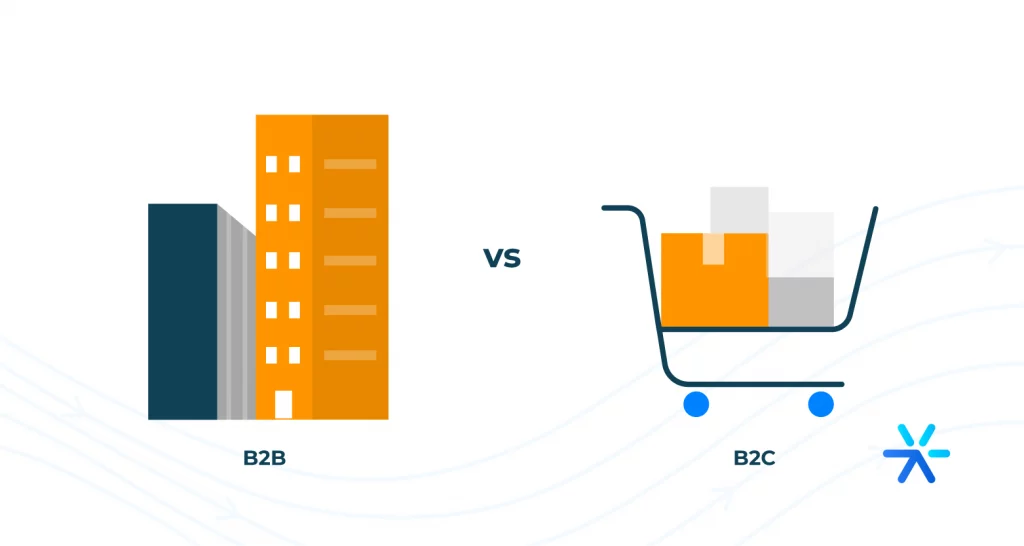
The entire B2B and B2C purchasing process differs. And the sales cycle also has very different factors.
The dynamics of the B2B market in general are much more complex, involving several stages and decision-makers. The B2B process deals with high-value contracts and bureaucratic processes, which follow the rules defined by each purchasing company.
The B2C purchasing process is characterized by faster decision-making , payment at the time of purchase or contracting and shorter relationship time between company and consumer.
Duration of the decision-making process
The time from the first contact to closing the purchase or contracting is usually much longer in B2B.
The impact of a wrong choice, an unreliable supplier or a low-quality delivery has too great an impact on a company for a decision to be made quickly.
Contracts are only closed after the purchasing company has complete security, which means that impulsiveness is not part of this type of purchase, which has a longer cycle (taking months, or even years) until the conversion of a prospect into a customer.
Number of decision makers
A sale made to an end consumer needs to convince only them and, in some cases, one or another decision maker or influencer.
The B2B purchasing process is rarely completed by just one professional.
The decision is not individual, but rather that of a group that decides on behalf of the company.
For these reasons, one of the challenges of B2B sales is achieving consensus among all professionals involved and purchasing decision-makers.
Available leads
Leads available in the B2B market tend to be lower in number than leads in the B2C market.
This happens mainly in more technical sectors or with more specific products.
In general, in B2C, leads are generated at different stages of the marketing and sales funnel, but with a focus on sales, especially when we talk about cheaper products or services and with very short decision cycles.
On the other hand, in the B2B market the general focus is on generating leads for commercial contact, since a large part of the purchasing cycle takes place during contact with the sales team.
What are the 7 phases of the sales cycle?
1. Prospecting
In the first phase, prospecting , you first need to do research to locate potential consumers.
These contacts can also arrive through the company’s marketing work.
With contact information, maximum information, challenges and ambitions about each consumer must be obtained, to better prepare the representatives who will later get in touch.
2. Contact
The first contact is then made with the representative by the potential buyer.
The seller needs to be able to create a space to present what the company offers, focusing on the consumer’s needs and opportunities.
3. Qualification
The sales representative, through contacts with the consumer, must be able to identify which are the best qualified leads , which are the ones that the sales team should prioritize and invest more effort into.
To do this, all salespeople need to be clear about the factors that qualify or disqualify a lead.
4. Nutrition
A salesperson’s work needs to be constant and persistent.
It is necessary to get in touch several times, especially in the case of higher contracts, to show the full potential of the solution offered, resolve possible doubts and stimulate the interest of the potential buyer.
Depending on the type of product or service, a nutrition stream may be offered , with educational materials, tools, samples or demonstrations.
Building and approaching relationships also happens at this stage of the sales cycle.
And this is often the longest phase, as the lead needs to be convinced.
5. Proposal
With the opening of the lead, it is time to send the commercial proposal – a document with all the details of the company’s offer to the customer, the description of the delivery, products, services, as well as other important details such as deadline, quantity and, of course, , the negotiated value.
6. Objections
Leads can present sales objections after sending the proposal or even in the stages before it.
This type of objection is a consideration, question or impediment posed by the consumer who is in contact with the salesperson, in relation to the proposal being offered.
This obstacle needs to be overcome by the commercial representative, to continue the negotiation.
7. Closing
Closing is the final stage of the sales cycle , in which leads finally become customers of the brand.
It is important that the sales representative knows the right time to offer this closure and that, even after it happens, he remains close to help the consumer and make the relationship even more solid to encourage new purchases.
How to calculate the sales cycle?

It is important that the sales manager has information on how long the sales cycle lasts.
If the company works with different products, services or solutions, it may be necessary to calculate each sales cycle individually.
To make this calculation you will need:
- Give a time frame for analysis — if you sell a very expensive, complex, technical product or one that fits into the B2B sector, choose a longer period;
- The number of sales recorded in the period;
- The trading history of each of these sales.
Then, simply add up the days in the history of each negotiation and divide by the number of sales, to obtain an average.
Factors that influence sales cycle length

Several factors affect the length of a sales cycle.
And these need to be taken into consideration when analyzing whether or not the weather is ideal.
The company’s sector of activity
In general, companies in the B2B sector have longer sales cycles.
Furthermore, some types of companies such as real estate agencies, construction companies, dealerships and insurance companies also tend to have a longer cycle, as they negotiate more complex and costly products for the consumer.
Your ideal consumer profile
The profile of the type of consumer who buys from your company also changes the sales cycle.
Is he the type to buy on impulse?
Or the type who already makes this purchase on a recurring basis?
Issues like this interfere with cycle time.
How effective is your sales process
The quality and effectiveness of the sales process also directly influence the cycle.
A well-constructed process makes all steps clear, supports sales representatives and improves the consumer experience.
All of this, taking into account other factors, can determine the cycle time.
The opposite also happens: a confusing process can harm and negatively interfere with closing time.

Your team’s conversion percentage
Your team’s success rates directly affect the sales cycle time.
According to Objective Management Group, 68% of all salespeople do not follow a sales cadence cycle or flow.
Whether due to a lack of instruction or poor performance, these factors can be corrected to improve closing time.
The cost of your product or service
Just like the company’s sector, the value of the solution sold increases or decreases the sales cycle time.
Typically, cheaper products are sold faster and more expensive products take longer to negotiate and purchase decisions.
What is the average sales cycle time?
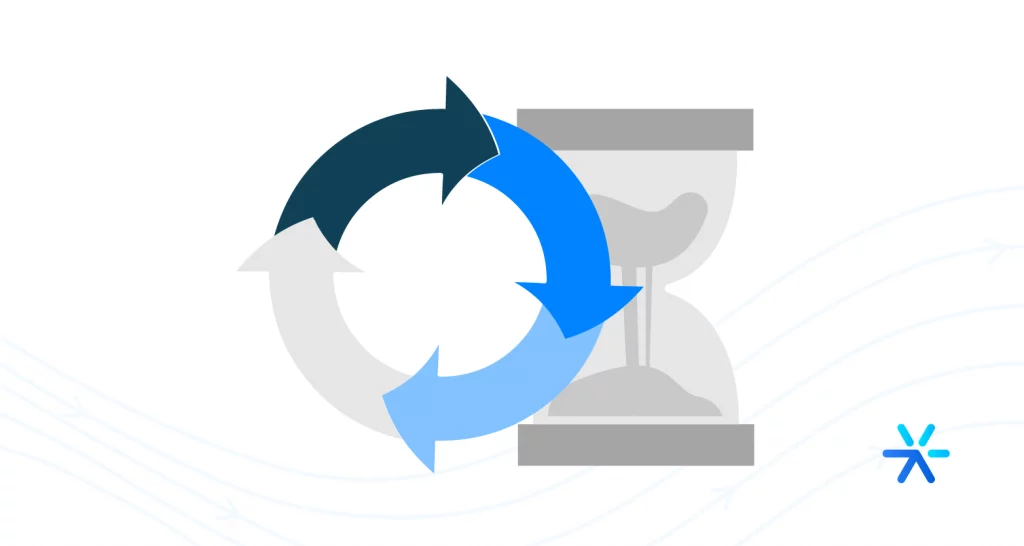
Conventional sales cycle
There is an average, within conventional sales cycles, of 4-6 months in length.
But we emphasize that this can vary greatly depending on the factors mentioned in the previous topic.
Long or short sales cycle
If your company has a sales cycle of less than one month, it is considered short.
On the other hand, if the cycle is longer than twelve months, it is considered a long cycle.
Complete sales cycle
Mainly for B2B segments, with very high sales values, the sales cycle can be even longer, lasting more than a year, it is called a complete sales cycle.
How to work different sales cycles

If your company has products or services with different processes and sales cycles, the ideal is for you to monitor them individually.
This includes creating separate flows, monitoring rates on a segmented basis, and sometimes even targeting specific sales representatives for each type of solution.
How to shorten the sales cycle?
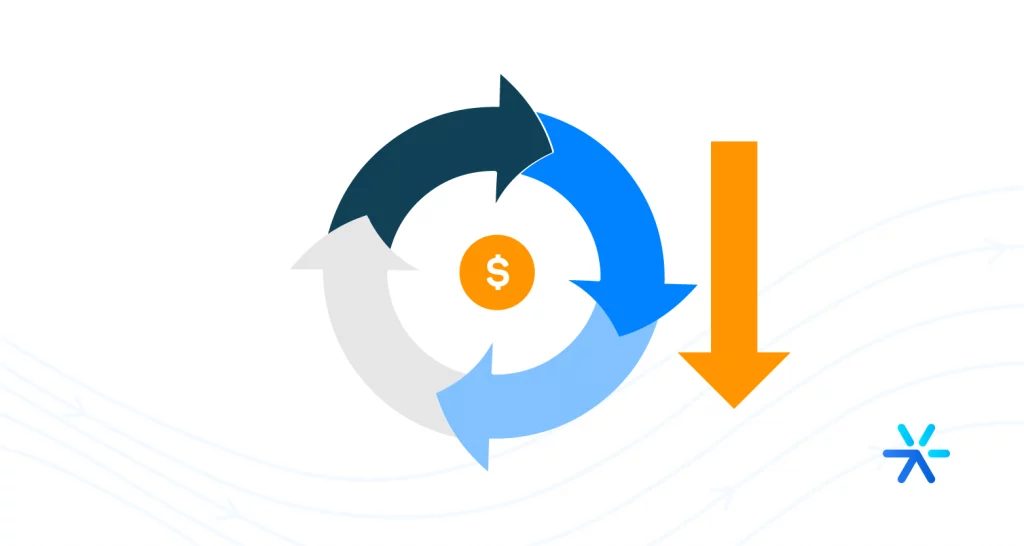
If you have identified that your sales cycle has some factor that interferes with it, check out some tips to shorten this closing time.
Reduce response time
A study carried out by InsideSales.com showed that the longer it takes sales representatives to contact a lead, the lower the likelihood of conversion.
To reduce initial response time, you can implement automations and chatbots for faster responses, provide equipment and tools for salespeople and agents or even increase the number of professionals on your team.
Reduce simple and repetitive tasks
Does your team have to create meeting reminders and send simple confirmation messages?
This takes the focus away from where salespeople should place their efforts: on negotiations and on leads that are already further along the funnel.
Simpler tasks can be reduced or automated.
Align objectives with the marketing team
The marketing team is your ally in acquiring leads and, above all, in acquiring qualified leads.
If contacts arrive at the sales office already well informed about the solution, educated about the benefits and aware of how the product or service has a positive impact on their lives, the negotiation period is shorter, as are objections, which also shortens the cycle. of sales.
Follow up with caution
Follow-up is part of the sales process and needs to be done.
But he needs to find a balance so as not to be uncomfortable.
This would only cause missed opportunities.
Furthermore, follow-up, like all steps in the sales cycle, needs to follow standardization and pause periods between one contact and another.
Make small commitments with the lead
Don’t just focus on the final negotiation.
Closing a purchase requires a higher level of commitment from the lead than scheduling a demonstration or exploring a free trial, for example.
Therefore, divide the cycle into small commitments and focus on achieving these smaller goals.
Optimize the meeting scheduling process
Avoid exchanging endless messages or emails to just schedule a meeting with the lead.
To reduce this friction in the sales cycle (which takes time every time it needs to happen), use a tool for this purpose, such as Calendar or Google Meet.
If possible, integrate your CRM with these tools, so the sales representative will have everything centralized in one place.
Explore social proof
Social proof is a persuasion tool when convincing a potential customer to actually close a purchase or contract with your company.
With a testimonial or validation from someone who already knows the brand and who benefited from the solution offered, credibility increases, as well as decision-making is boosted.
Empower your team with training
Training your team improves the preparation of sales representatives at all stages of the cycle, increases the performance and motivation of professionals and increases sales results.
Identify the “low-hanging fruits”
This expression alludes to a branch full of fruit that, due to its weight, ends up being closer to the ground, making it easier to pick up the fruit.
This metaphor teaches us to identify those leads that are easiest to close a deal and thus reduce the average negotiation time.
Dangers of shortening the sales cycle
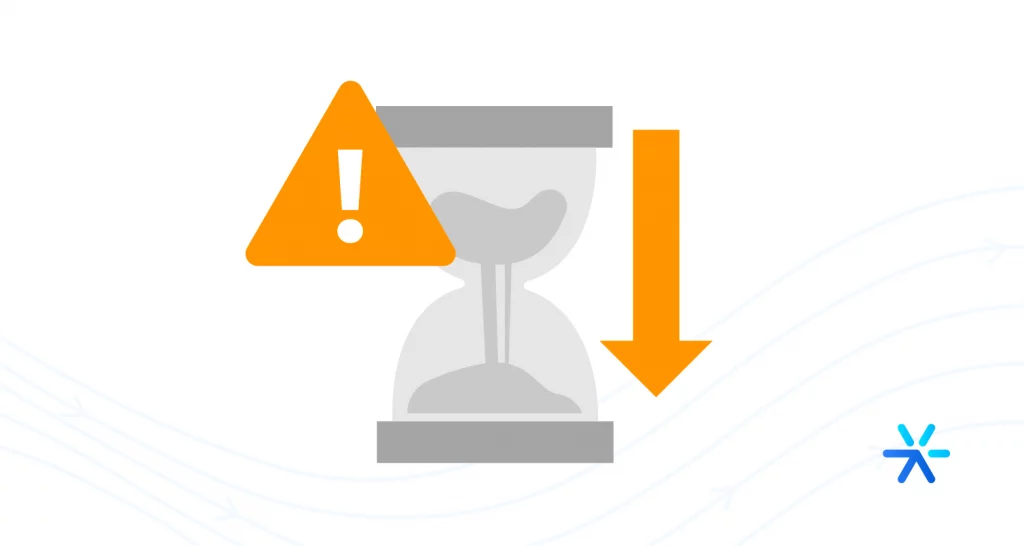
Shortening the cycle is not always the best option to improve sales results, hence the importance of the aforementioned analysis.
Shortening the cycle can cause some problems:
Sell with a very low ticket
By encouraging the negotiation time to be shortened, sellers may end up focusing more on the quantity rather than the quality of sales.
This can generate problems, such as offering discounts and promotional values or focusing on the cheapest and easiest-to-sell products in your catalog, as a way of convincing.
Sell poorly
With bad sales here we want to point out sales that are accelerated and that do not answer all of the lead’s doubts, or even those that do not explain all the details about the solution.
Once again, due to time pressure, sales happen just for the sake of sales.
Increase churn
In both previous cases, churn tends to increase, as the consumer’s expectations when purchasing do not materialize after receiving the product or using the contract.
KPIs to monitor the sales cycle
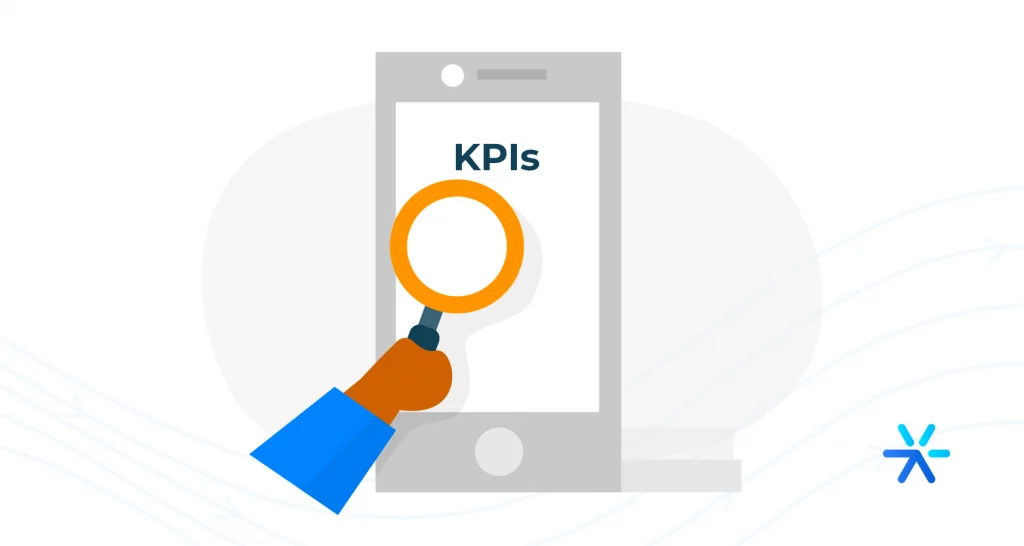
Monitoring the sales cycle does not have its duration as its only metric.
Monitor, track and also try to improve rates:
- Conversion rate, closing rate and number of monthly sales;
- Number of new leads and qualified leads generated monthly;
- Duration of the sales cycle for each product or service in your catalog, as well as for each marketing channel;
- Variation in sales cycle time.
Why is it important to understand the sales cycle?

Helps identify areas for improvement
By monitoring the sales cycle and the metrics that accompany it, the points that can be improved to obtain more significant results also come to the fore.
For this to happen, make sure you are using a CRM tool, with updates on the evolution of leads and the creation of periodic reports.
Enables sales forecasting
The sales cycle is one of the elements that helps in sales projection.
It is important because it offers an estimate of the company’s revenue, in addition to providing guidance and realistic goals for the sales team.
With the projection in hand, the team works more motivated and it is possible to periodically monitor whether or not the objective is being met.
Makes training easier
With control of the sales cycle and process, with the organization and related tools implemented and with clarity on what should or should not be done, training new sales representatives also becomes much simpler and more effective.
We hope that with this complete content on the sales cycle you will be able to better understand what your company’s process is like, be able to reduce it, if necessary, and be able to close deals more quickly.
Share the post with your commercial representatives!



